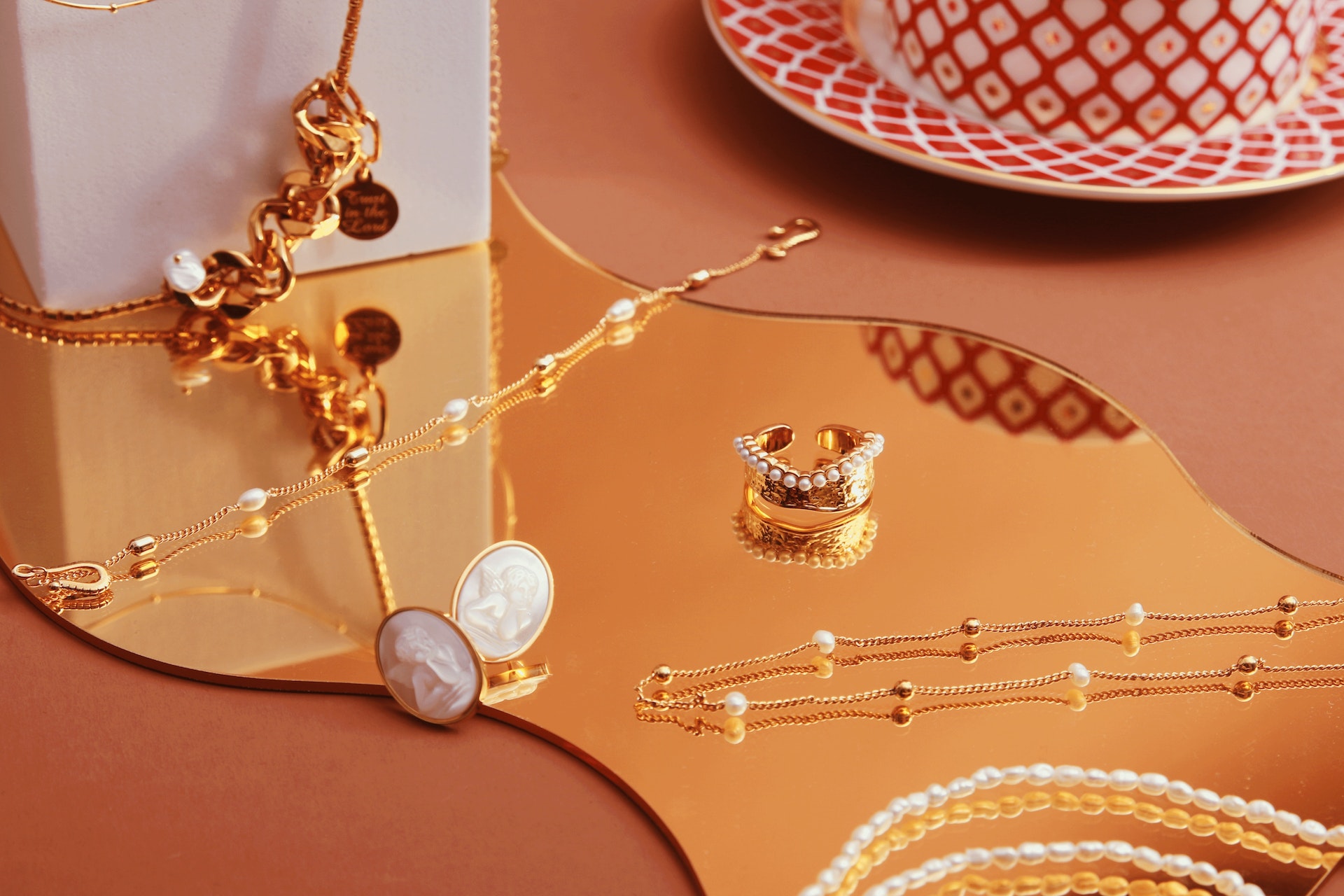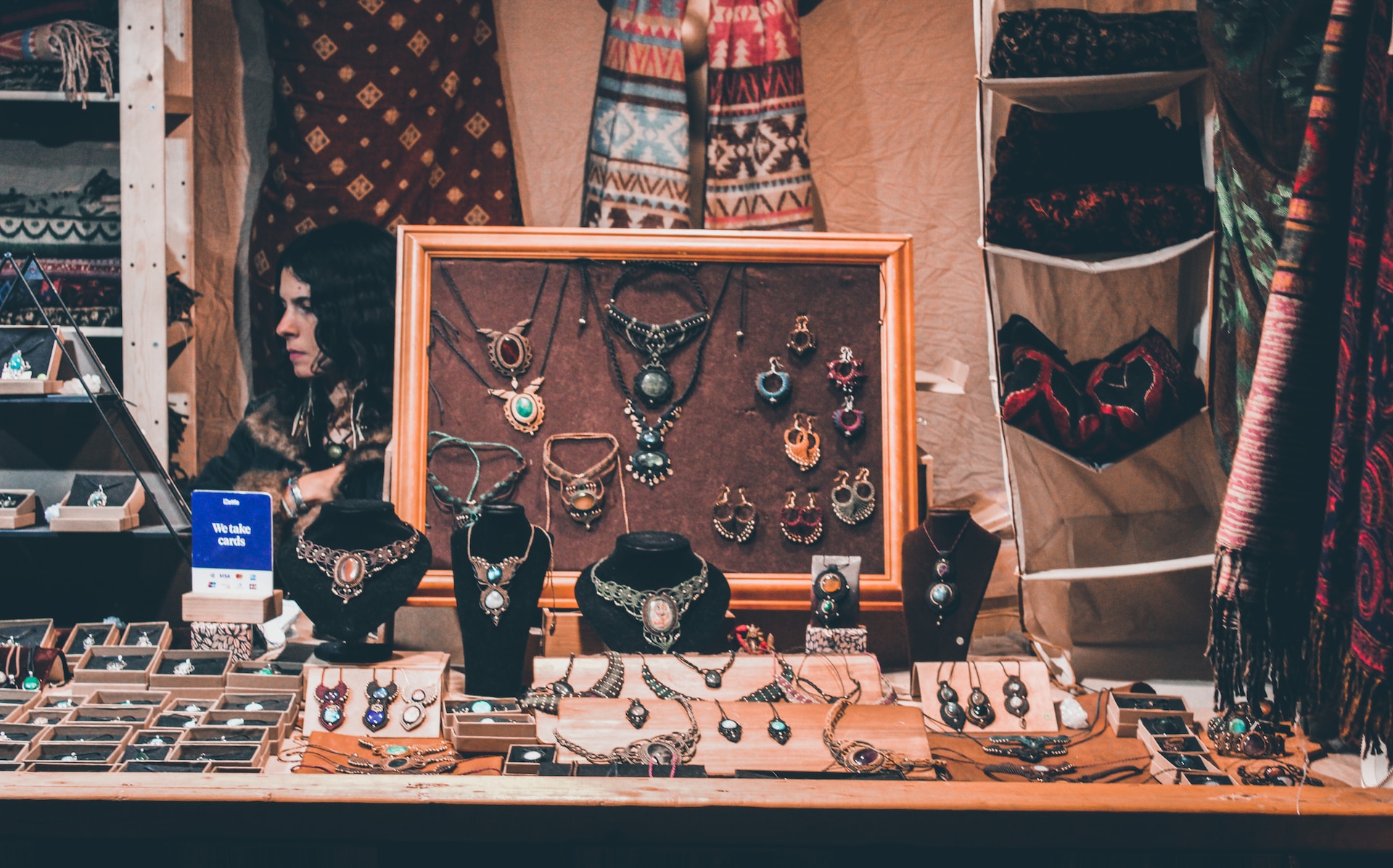Why is it important for Houston companies to differentiate web development and web design?
Houston companies should prioritize differentiating between web development and web design,two similar but different skills. Each plays its own role in the overall success of a website. Digital Marketing Agency eloquently explains the difference between web development and design as follows:
Web development focuses on the functionality and underlying code that brings a website to life. It involves writing complex algorithms,scripting languages,and database management to ensure smooth navigation and seamless user experience. On the other hand,web design focuses on the visual elements and user interface of a website. It involves creating aesthetically pleasing layouts,selecting appropriate colors and fonts,and arranging content in an intuitive manner. By understanding the essential differences between web development and web design,Houston companies can ensure that they have a comprehensive approach to building and maintaining their online presence.
Differentiating web development and web design is crucial to avoid potential pitfalls and maximize the effectiveness of a website. Combining these two roles might seem like a cost-effective solution at first,but it can ultimately lead to subpar results. Without a dedicated web developer like Houston Web Design Company | Best Website Design Services,coding issues and technical glitches may go unnoticed,hindering the site’s functionality and user experience. Similarly,without a skilled web designer,the aesthetic appeal of the website may suffer,potentially turning users away. By recognizing the separate contributions of web development and web design,Houston companies can ensure that they have the right professionals in place to address these specific areas of expertise,leading to a well-rounded and successful website.
What is the main difference between web development and web design?
Web development and web design are two distinct but closely related disciplines in the process of building a website. While both play crucial roles,it is important to understand the main difference between these two fields.
Web development primarily focuses on the technical aspects of creating a website. It involves coding,programming,and implementing functionality to ensure a website runs smoothly and efficiently. Web developers are skilled in various programming languages and frameworks,allowing them to bring complex features and interactive elements to life. They work behind the scenes to ensure that the website’s backend,such as databases and server-side operations,are properly integrated,providing a seamless experience for users.
On the other hand,web design is concerned with the visual aspects and user experience of a website. Web designers utilize their creativity to craft visually appealing layouts,choose color schemes,select appropriate typography,and create intuitive navigation structures. They ensure that the website’s interface is user-friendly,aesthetically pleasing,and aligns with the brand identity. Web designers also focus on optimizing the website for responsiveness across different devices,ensuring that it works seamlessly on smartphones,tablets,and desktops.
By understanding the main difference between web development and web design,businesses can avoid the common pitfall of assuming that these two roles are interchangeable. Each discipline requires a distinct skill set and expertise. While there may be some overlap,it is important to recognize that both aspects are equally important for business success. A well-developed website with a visually appealing design will attract and engage users,while a beautifully designed website without functional aspects may result in a frustrating user experience. Therefore,Houston companies should invest in both web development and web design to create a successful online presence.


